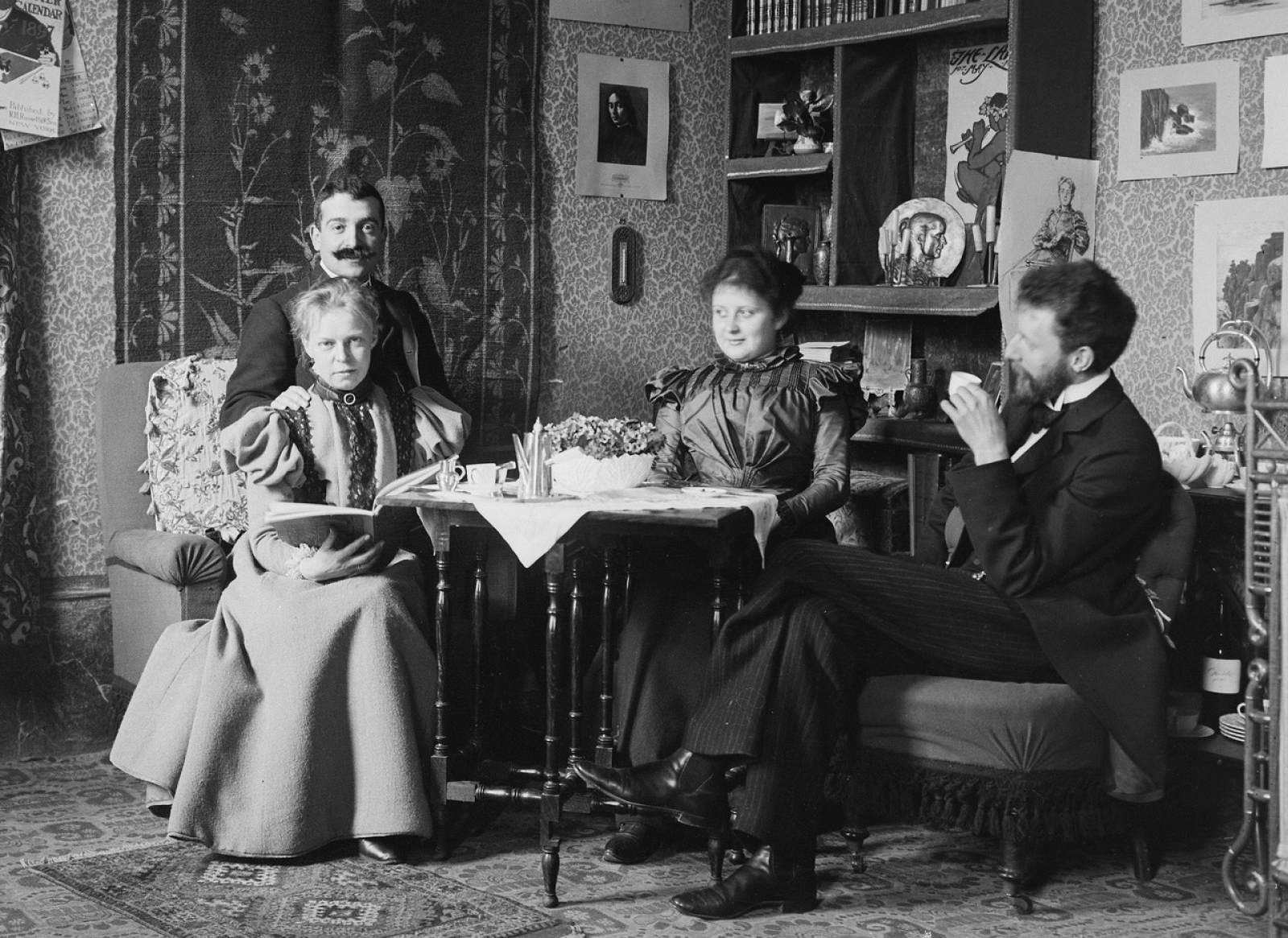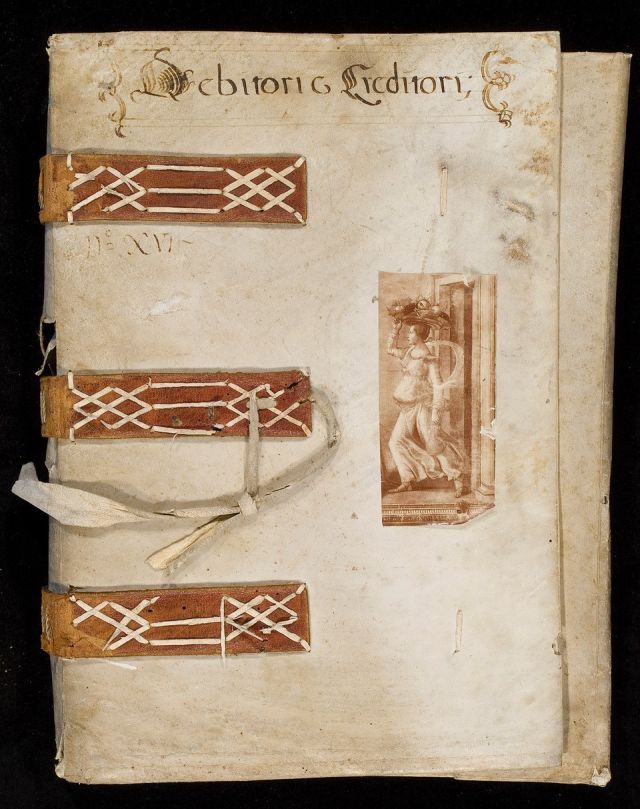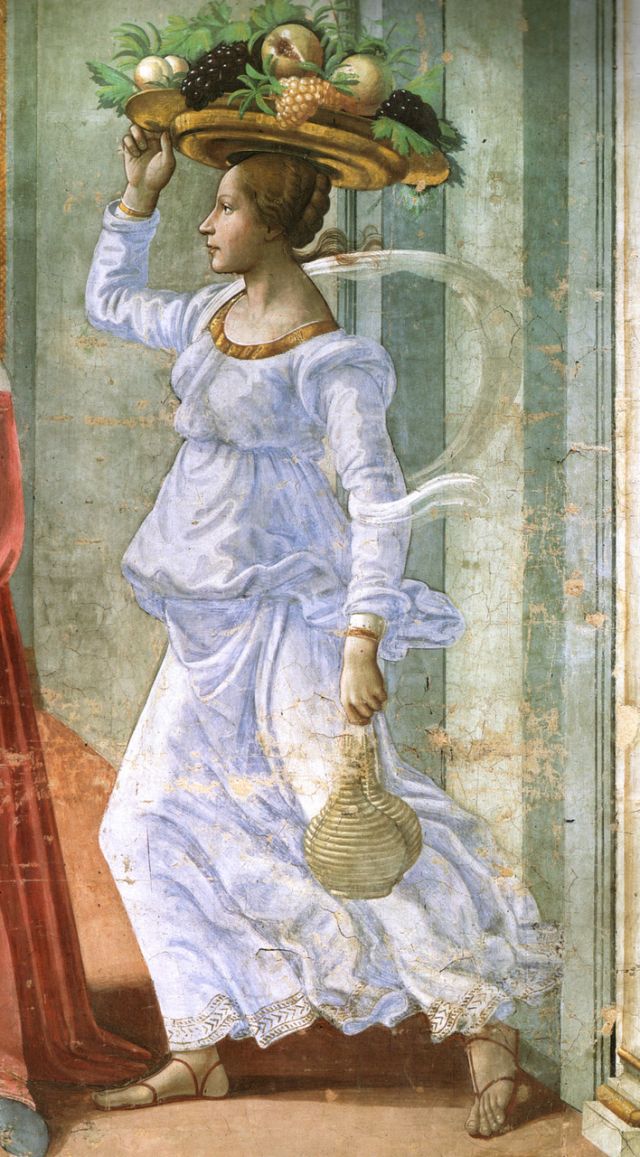Studienkurs
Ways of Seeing Florence. Archives, Autopsies and Art Historical Research in Italy around 1900
organized by the Kunsthistorisches Institut in Florenz in collaboration with The Warburg Institute, London and the BMBF Research Project "Bilderfahrzeuge. Aby Warburg's Legacy and the Future of Iconology"

Aby & Mary Warburg with Alfred & Anna Doren, 1898
It is seeing which establishes our place in the surrounding world.
(John Berger)
Few art historical legacies have been more discussed in recent years than Aby Warburg's. Even more than to his collected writings (first published in 1932), his fame is first and foremost connected with his major unfinished project, the Bilderatlas MNEMOSYNE, and the institution he founded, the "Kulturwissenschaftliche Bibliothek Warburg" (now the Warburg Institute). Warburg's system of thought has been rediscovered by researching his vast archives of images and books, comprising the foundations of his interdisciplinary research, as well as personal contacts, notes and letters. This work has made Warburg's broad approach to the Italian Renaissance evident. He established new art historical methods and amplified the field of research by including material culture and theatrical performances, broadened its geographical confinements by looking at non-European cultures and thus overturned formalistic and aestheticizing concepts of art.
In a joint Studienkurs, organized by the Kunsthistorisches Institut in Florenz in collaboration with The Warburg Institute and the Research Project "Bilderfahrzeuge" in London, Warburg's art historical thinking will be approached in a new way: bringing together his Florentine research and experiences with the archival sources, sites, artworks and images he studied and wrote about. His work will be considered in relation to his contemporaries, friends and colleagues: artists, art historians, writers, dealers and travellers, such as Bernard and Mary Berenson, Giovanni Morelli, Vernon Lee, Heinrich Brockhaus (as founding director of the KHI), Herbert Horne, Stefano Bardini and Robert Davidsohn. In this, the Studienkurs seeks to provide an empirical and contextualized look at Warburg's writings on the Florentine Renaissance. Study will be guided by the central importance of seeing artworks in their broader cultural contexts and their study through the exchange of ideas between representatives of various disciplines and interests.
This approach aims to give participants a broader understanding of the questions relevant for art historical research around 1900, among them cultural heritage, nationalism and the formation of art history, connoisseurship, the art market and its influence on the history of collecting, as well as questions of gender and academic biographies.
Kooperationspartner
in Kooperation mit
Hinweis
Diese Veranstaltung wird durch Fotografien und/oder Videoaufnahmen dokumentiert. Falls es nicht Ihre Zustimmung findet, dass das Kunsthistorische Institut in Florenz Aufnahmen, auf denen Sie erkennbar abgebildet sein könnten, für die Veranstaltungsdokumentation und Öffentlichkeitsarbeit (z.B. Social Media) verwendet, bitten wir um eine entsprechende Rückmeldung.




